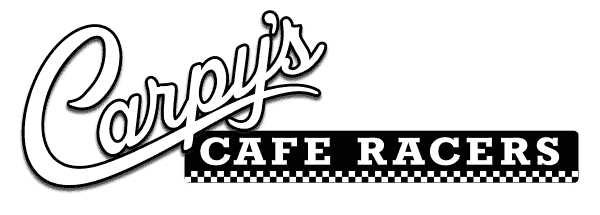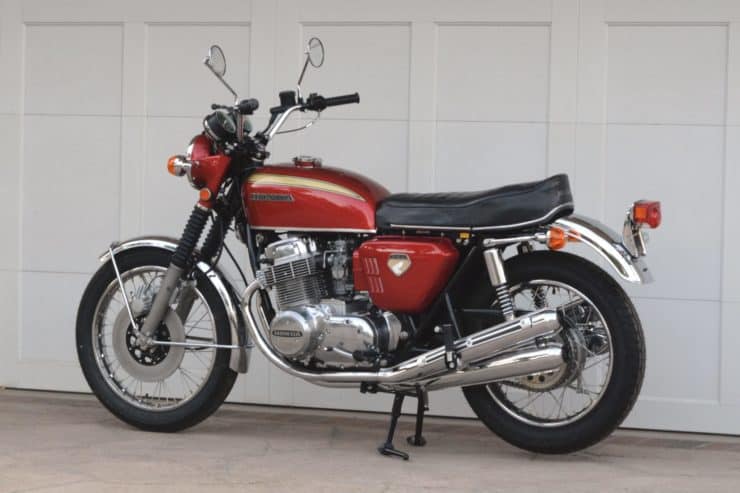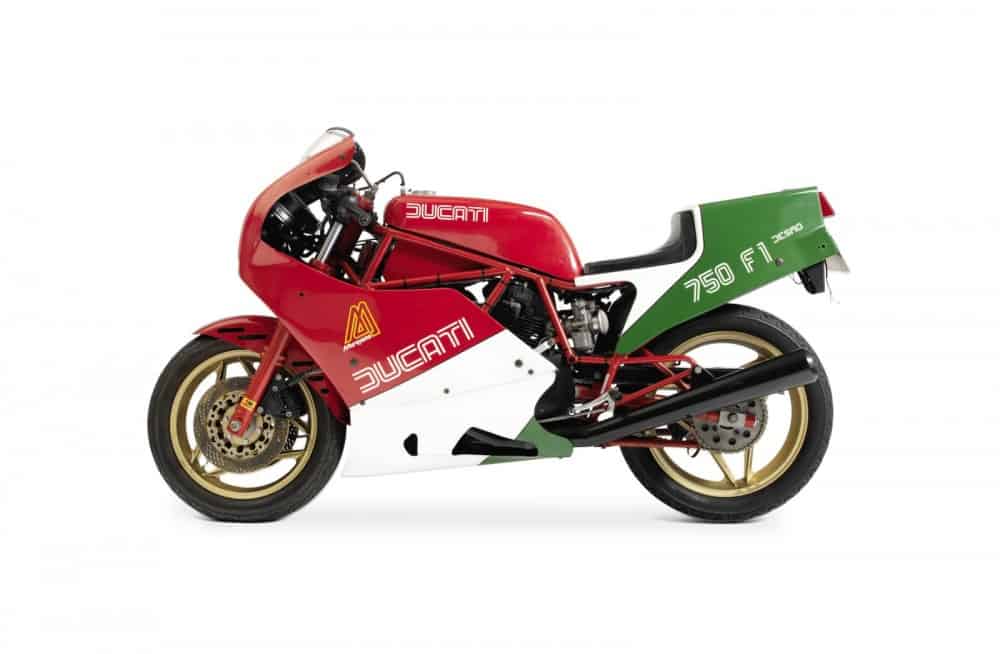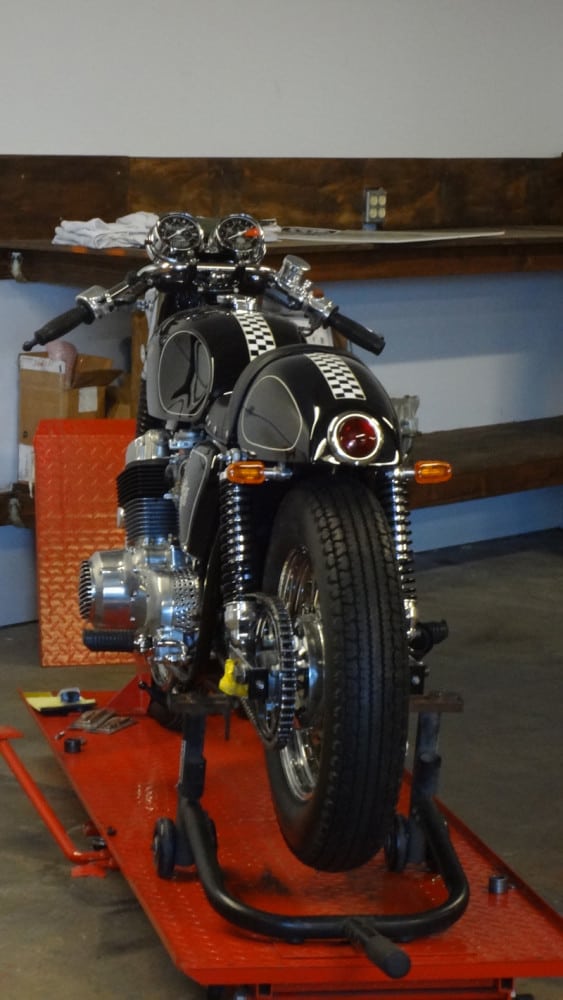This is a rare “Sandcast” 1969 Honda CB750 “Sandcast” that’s historically significant for two reasons, firstly it was the world’s first “superbike” and secondly it was bought new by Steve McQueen through his production company Solar Productions. For those who may not know about this 500 pounds of Iconic Motorcycling Mastery, here is a small […]
Tag Archives: superbike
I probably have built close to 60 motorcycles over these 19 Years in Southern California, and many people have asked me about the detailed parts that I have created on the many Custom machines that I have completed. I also have been drilling the rear brake hub for many years and have always liked the […]
The Ducati 750 F1 is remembered by the marque faithful as the last of the original Ducatis, it would be the last Superbike developed and built by Ducati before the Cagiva takeover in late-1985 . Controversially, Cagiva had intended to rebadge Ducati motorcycles with their own branding, however this would likely have led to […]
Hey there Gang Many people email me and ask about the bikes I create, the parts that I make and offer and many also ask for advise on their machines. I am still learning after almost 4 decades of being into Motorcycles and thats what I love about it. Motorcycles will always be a big […]
Lotus motorcycle officially revealed By Andy Downes of Motorcycle News 20 February 2014 11:24 As exclusively revealed by MCN more than five weeks ago, Lotus has taken the covers off the new motorcycle it will produce as a road bike and go on sale within months. MCN got hold of leaked images over […]




